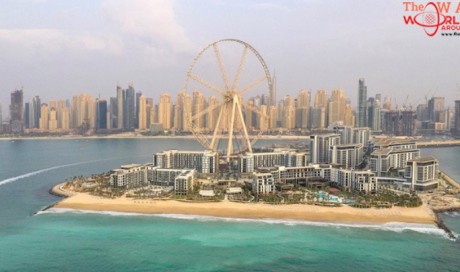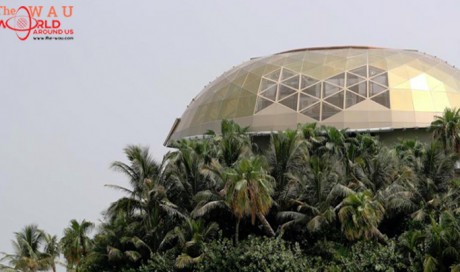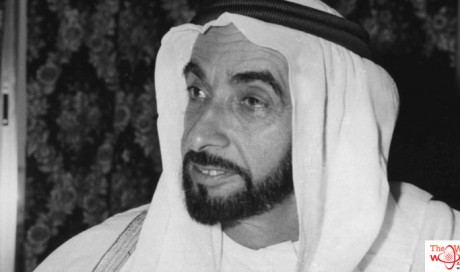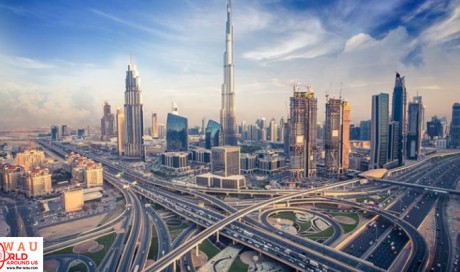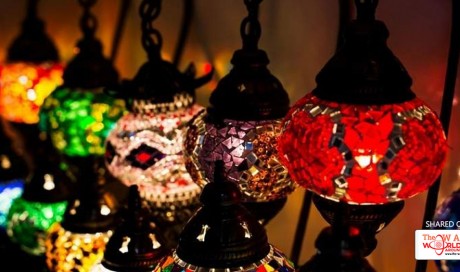Religion
Religious Beliefs. Islam dominates all aspects of life. Most Emiratis are members of the Sunni sect. Matters relating to marriage, divorce, inheritance, economics, politics, and personal conduct are affected by Sharia (Islamic) law.
Emaritis are tolerant toward other religions, and immigrants of other faiths are allowed to have their own places of worship. Large numbers of Asian and Arab immigrants also follow Islam.
Rituals and Holy Places. The main Muslim religious ritual is prayer five times a day. This requires wodou (ablution) for purification. Usually people go to the nearest mosque or pray at home. The rituals involved in the pilgrimage ( Haj ) to Mecca are the most elaborate. One must remove the shoes before entering a mosque. In large mosques, there are separate areas for women.
Medicine and Health Care
Before 1960, there were few hospitals, and the population relied on traditional folk medicine. Cautery, bloodletting, and the use of herbs were common, and a religious teacher ( muttawe ) dealt with cases of mental illness. Life expectancy was around forty-five years. Today Emiratis have a free modern
health care system with numerous hospitals, primary health care centers, and private clinics staffed primarily by immigrants. With improved diet and health care, life expectancy is now seventy-two years, and there has been a reduction in infant mortality. The extended family provides its sick members with support in the form of frequent hospital visits, and traditional medical practices are still used to deal with mental illnesses.
Secular Celebrations
The UAE national day, 2 December, is the most important secular celebration. Cities are decorated with colored lights, and folklore troops perform in heritage villages. 1 January is a holiday but is not celebrated by nationals. Expatriate communities celebrate their own religious and secular holidays.
The Arts and Humanities
Support for the Arts. The state generously supports writers, painters, actors, and folk dancers. Sharjah is particularly active in promoting culture and was chosen by UNESCO as the Arab Cultural Capital in 1998.
Literature. The oral tradition remains strong, particularly storytelling and poetry, and most state events are accompanied by poetry readings. Written literature is increasing in popularity.
Performance Arts. Conservative elements of the society still impede women's participation in performance arts. In 1999, the first college for theater arts opened in Sharjah. Emiratis rely on theater and television programs produced in other Arab countries.
Bibliography
Abdul Rahman, Abdullah. The Emirates in the Memory of Her Sons (in Arabic), 1990.
Abdulla, Abdul Khaliq, et al. Civil Society in the United Arab Emirates (in Arabic), 1995.
Al-Alkim, Hassan. The Foreign Policy of the United Arab Emirates , 1989.
Al-Faris, Abdul Razzaq. Higher Education and the Labor Market in the UAE (in Arabic), 1996.
Al-Gurg, Easa. The Wells of Memory , 1998.
Al-Hassan, Yusuf. The Welfare State in the United Arab Emirates (in Arabic), 1997.
Al-Mur, Mohammad. National Aspirations: Essays about the Emirates (in Arabic), 1997.
Al-Otaiba, Mana. Petroleum and the Economy of the United Arab Emirates , 1977.
Codrai, Ronald. The Seven Sheikhdoms: Life in the Trucial States before the Federation of the United Arab Emirates ,1999.
Corderman, Anthony. Bahrain, Oman, Qatar and the UAE , 1997.
Crystal, Jill. Oil and Politics in the Gulf: Rulers and Merchants in Kuwait and Qatar , 1990.
Drake, Diana. Discovery Guide to the United Arab Emirates , 1998.
Dubai: A Pictorial Tour , 1999.
Dyck, Gertrude. The Oasis: Al-Ain, Memoirs of Doctora Khalifa , 1995.
Encyclopedia of the Emirates , vol. 1: Dubai , 1993–1994.
Facey, William, and Gillian Grant. The Emirates by the First Photographers , 1996.
Ghobash, Moaza. Immigration and Development in the United Arab Emirates: A Sociological View (in Arabic), 1986.
Heard-Bey, Frauke. From Trucial States to United Arab Emirates , 1996.
Kay, Shirley. Emirates Archaeological Heritage , 1986.
——. Land of the Emirates , 6th ed., 1992.
Khalaf, Sulayman. "Gulf Societies and the Image of Unlimited Good." Dialectical Anthropology 17: 53–84, 1992.
Matthew, Jane. UAE: A MEED Practical and Business Guide , 5th ed., 1999.
Mohammed Al-Fahim. From Rags to Riches , 1995.
National Atlas of the United Arab Emirates , 1993.
Nowell, John. Now and Then: The Emirates , 1998.
Owen, Roger. "Migrant Workers in the Gulf." Minority Rights Report 68: 1985.
Progress of UAE Women . Association of Popular Heritage Revival.
Robinson, Gordon. Arab Gulf States , 1996.
Spectrum Guide to the United Arab Emirates , 1998.
Studies in Emirates Society (in Arabic), 1997.
Thesiger, Wilfred. Arabian Sands , 1959.
UAE in Focus: A Photographic History of the United Arab Emirates , 1998.
Zahlan, Rosemarie. The Making of Modern Gulf States , 1989.
Share This Post

